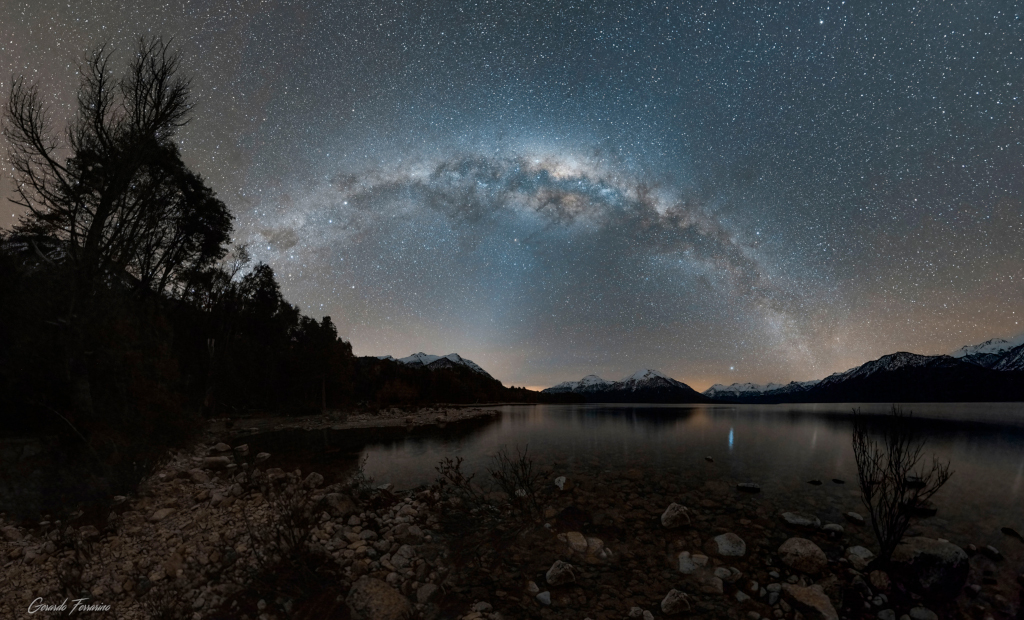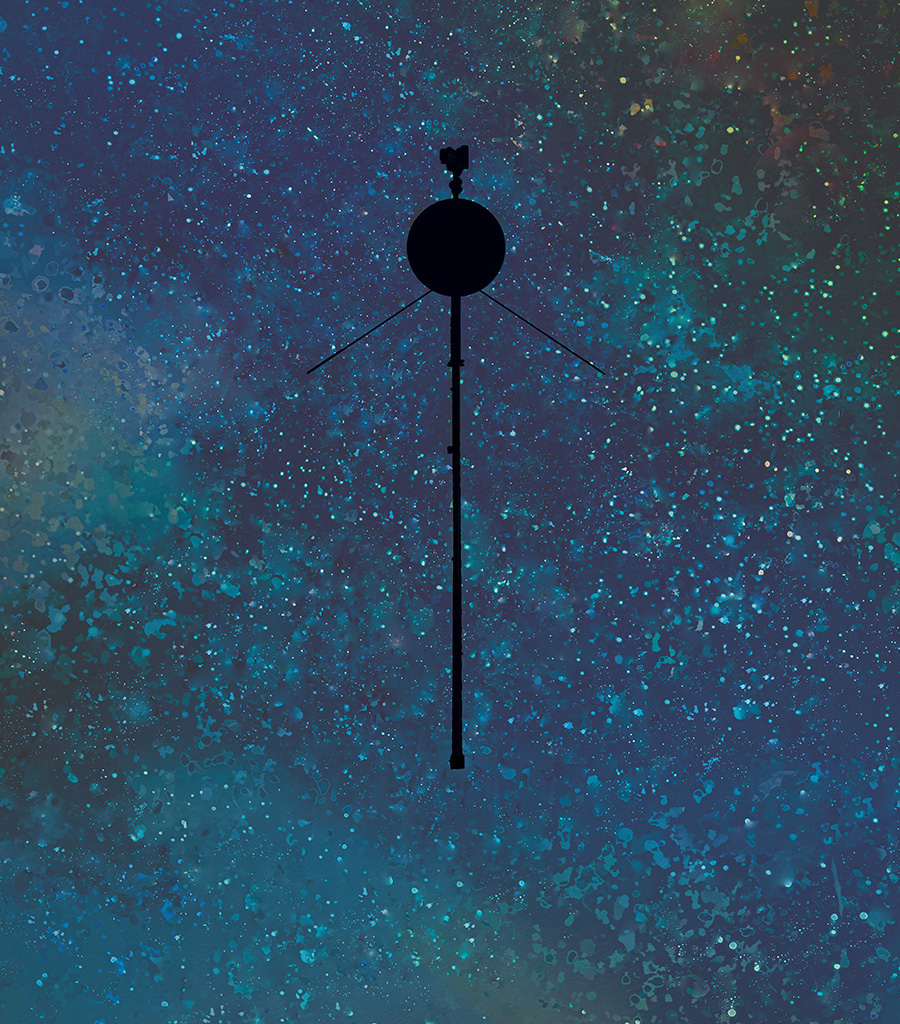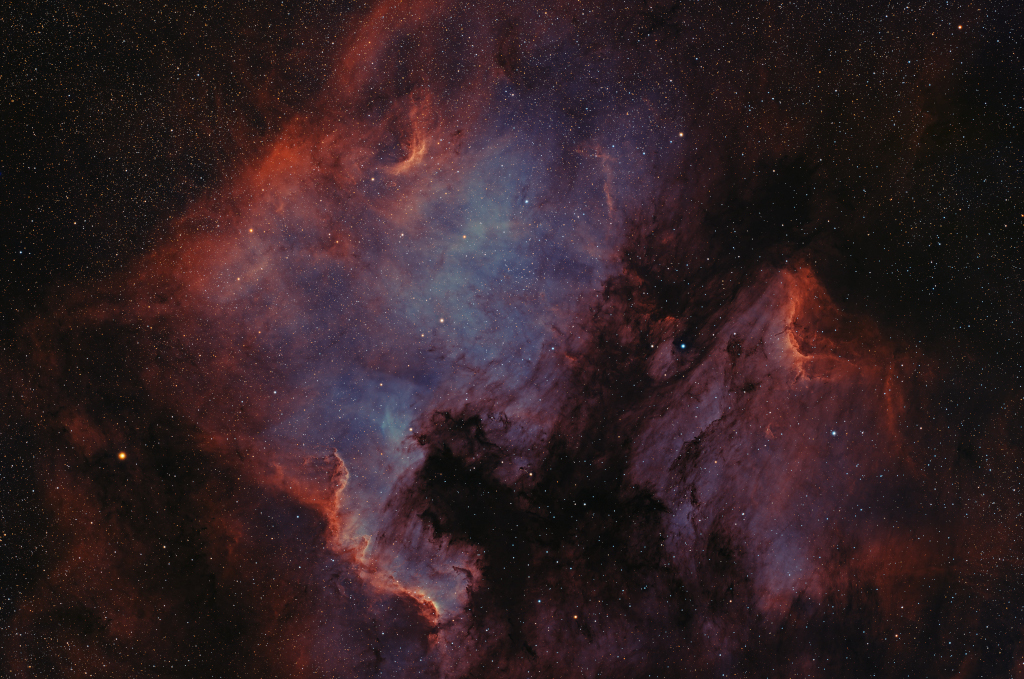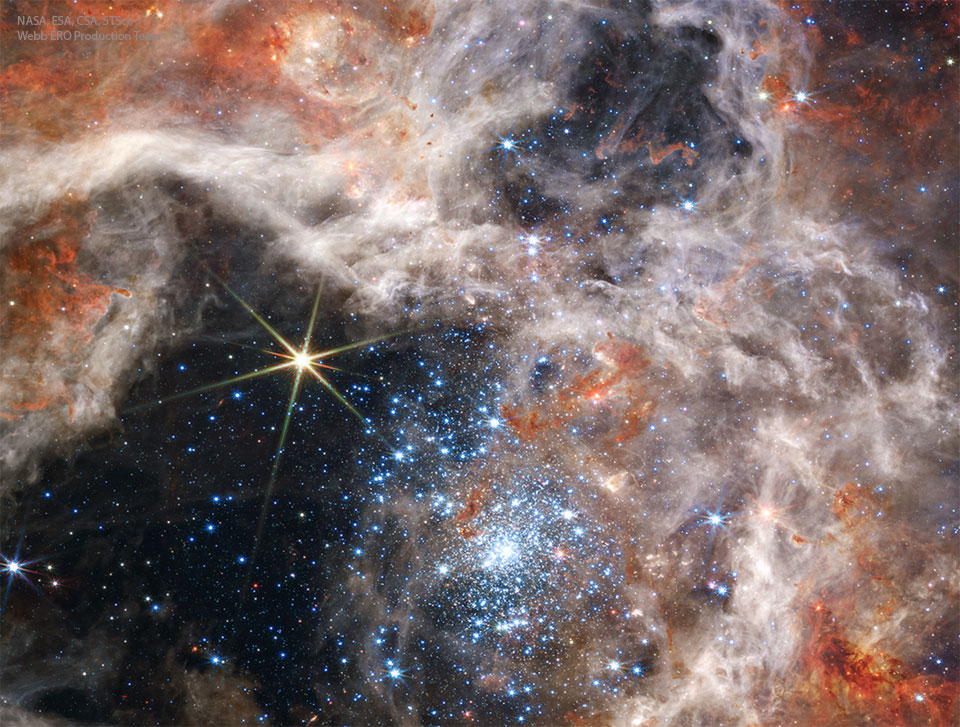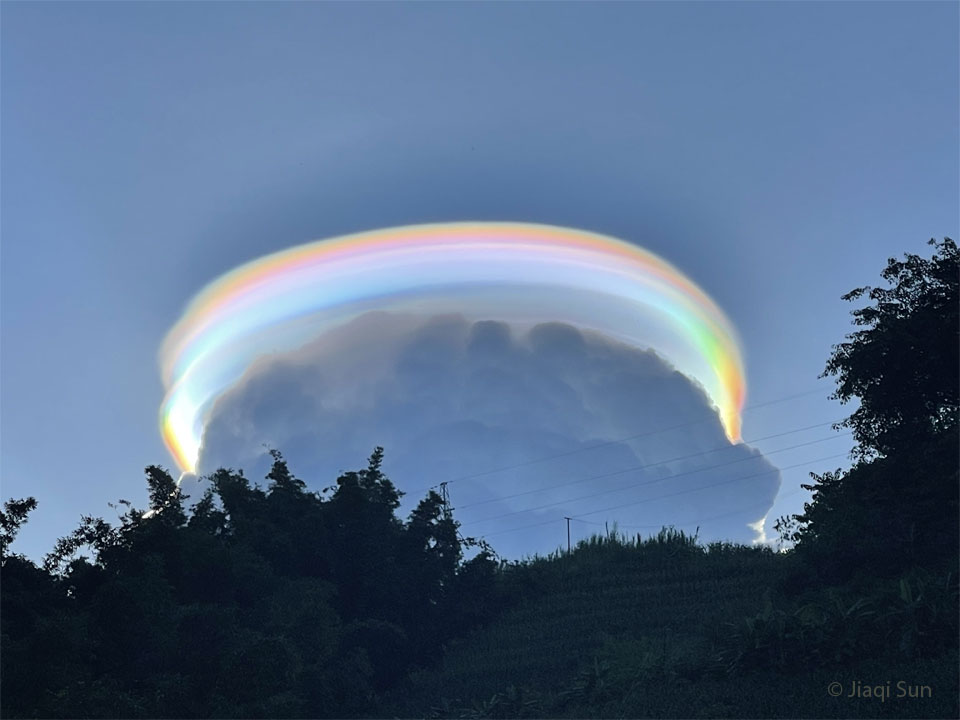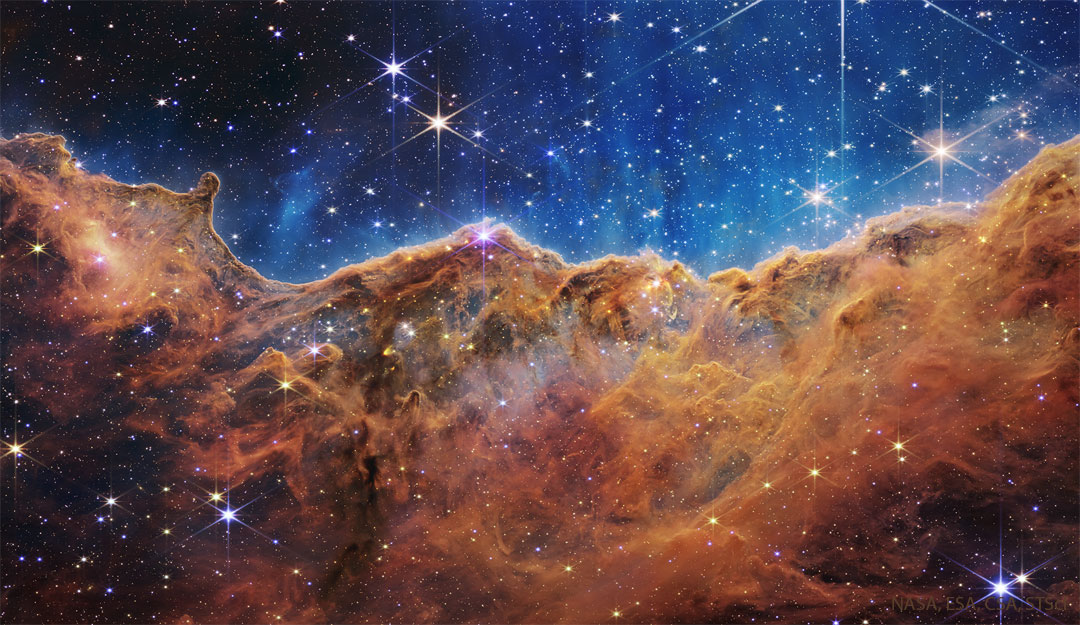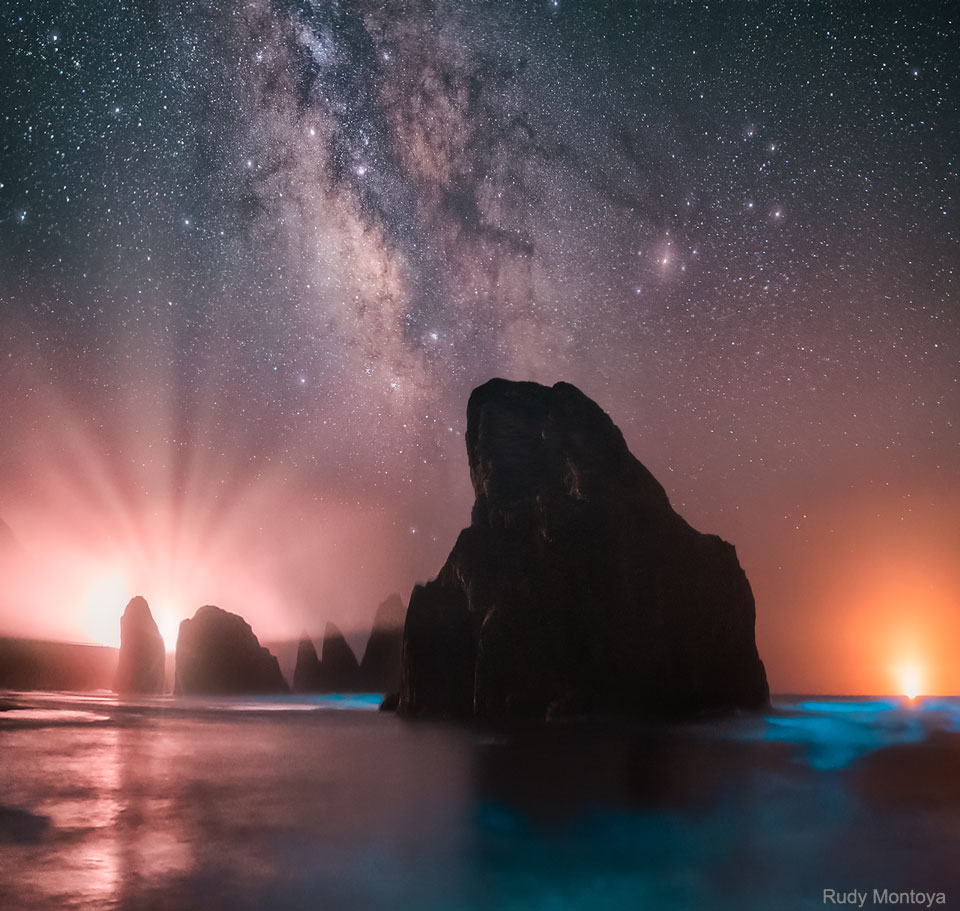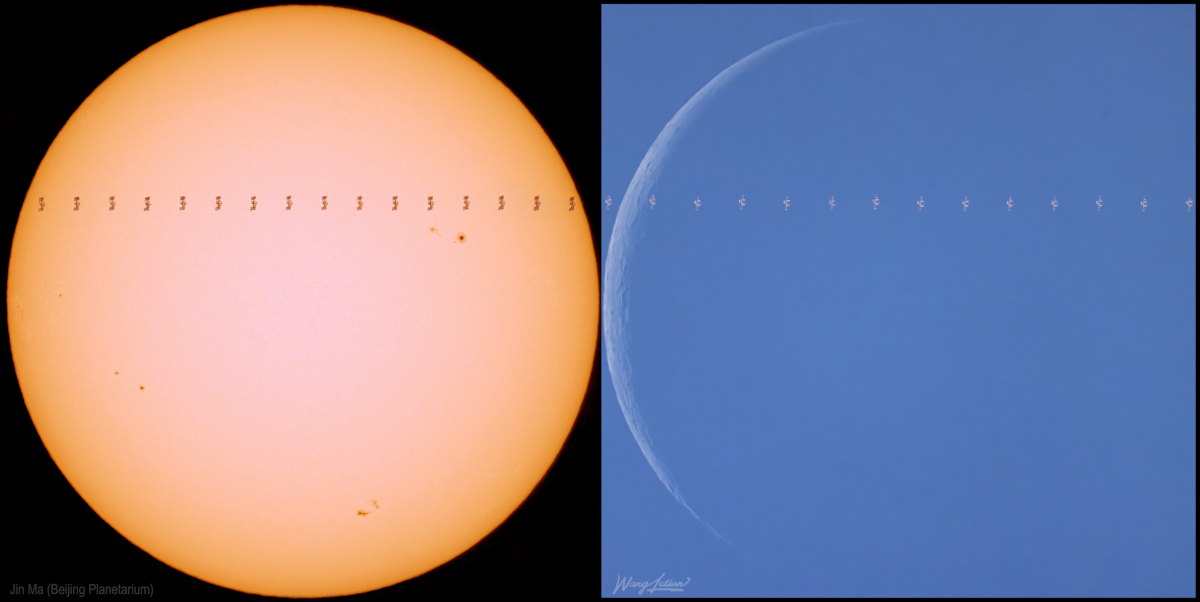안녕하세요, 잡학다식 입니다. 오늘은 과연 나사에서 어떤 방식으로 우주의 형상을 표현해 줄까요?
우선 이미지부터 볼 수 있도록 하겠습니다
![]()
해당 사진의 이름은 Red Sprite Lightning over the Czech Republic 인데요 우선 NASA에서 공식적으로 발표한 설명들을 확인해 보겠습니다
What are those red filaments in the sky? They are a rarely seen form of lightning confirmed only about 35 years ago: red sprites. Research has shown that following a powerful positive cloud-to-ground lightning strike, red sprites may start as 100-meter balls of ionized air that shoot down from about 80-km high at 10 percent the speed of light. They are quickly followed by a group of upward streaking ionized balls. The featured image was taken late last month from the Jeseniky Mountains in northern Moravia in the Czech Republic. The distance to the red sprites is about 200 kilometers. Red sprites take only a fraction of a second to occur and are best seen when powerful thunderstorms are visible from the side. APOD in world languages: Arabic, Bulgarian, Catalan, Chinese (Beijing), Chinese (Taiwan), Croatian, Czech, Dutch, Farsi, French, French (Canada), German, Hebrew, Indonesian, Japanese, Korean, Montenegrin, Polish, Russian, Serbian, Slovenian, Spanish, Taiwanese, Turkish, and Ukrainian
이번에도 광활한 우주 앞에 인간이 얼마나 작은 존재인지 다시 한번 알게 되는것 같습니다
저는 내일도 더 좋은 사진과 함께 돌아오겠습니다, 그럼 행목한 하루 되시길 바랍니다
'과학상식' 카테고리의 다른 글
| NASA 나사의 오늘의 이미지들 (2022-09-14) (0) | 2022.09.15 |
|---|---|
| NASA 나사의 오늘의 이미지들 (2022-09-13) (0) | 2022.09.14 |
| NASA 나사의 오늘의 이미지들 (2022-09-11) (0) | 2022.09.12 |
| NASA 나사의 오늘의 이미지들 (2022-09-10) (0) | 2022.09.11 |
| NASA 나사의 오늘의 이미지들 (2022-09-09) (0) | 2022.09.10 |
